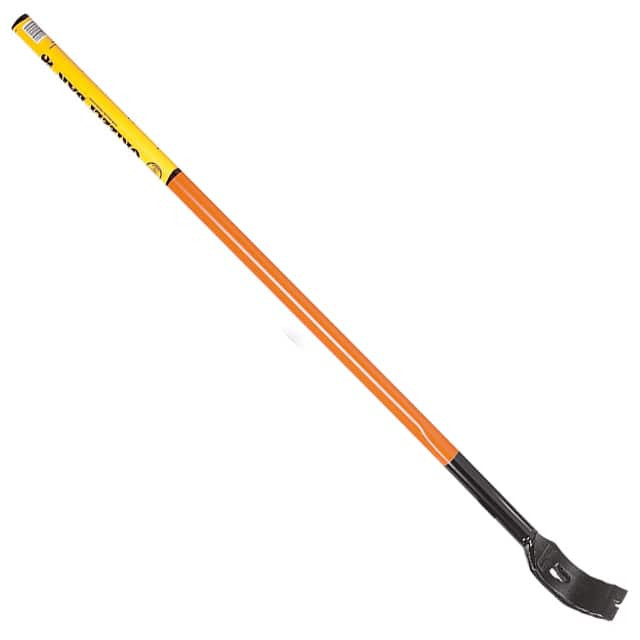Quick-Connex™ Series, Specialized Tools
Results:
1
Manufacturer
Series
1st Connector Number of Positions Loaded
Cable Type
Usage
Ingress Protection
1st Connector Orientation
Color
2nd Connector Number of Positions Loaded
Cable Material
1st Connector Mounting Type
2nd Connector Gender
Shielding
1st Connector Number of Positions
1st Connector Type
2nd Connector Mounting Type
1st Connector Shell Size - Insert
2nd Connector Shell Size - Insert
1st Connector Gender
Length
Assembly Configuration
2nd Connector Number of Positions
2nd Connector Orientation
2nd Connector Type
Results remaining:1
Applied Filters:
Quick-Connex™
About Specialized Tools
Specialty tools are a category of tools that are specifically designed to meet specific needs or applications in various industries. These tools serve a wide range of purposes, including holding, gripping, straightening and alignment, measurement, forming and fabrication, grinding and polishing, cutting and threading, inspection, climbing, assembly, installation, and removal. One of the key features of specialty tools is their ability to perform specialized tasks that cannot be easily accomplished with standard tools. For example, tools such as clamps, vises, and pliers are designed to securely hold objects in place during various operations. Straightening and alignment tools, such as alignment bars or laser alignment systems, are used to ensure precise alignment of components or structures. Measurement tools, including calipers, micrometers, and laser measuring devices, provide accurate measurements for quality control or dimensional analysis. Forming and fabrication tools, such as punches, dies, and bending machines, are utilized to shape and manipulate materials into desired forms. Grinding and polishing tools, such as grinding wheels and polishing pads, are employed to achieve smooth and finished surfaces on various materials. Cutting and threading tools, including saws, drills, taps, and dies, enable precise cutting and threading of materials such as metal or wood. Inspection tools, such as borescopes, gauges, and magnifying glasses, are used for thorough inspection and examination of components or structures. Climbing tools, such as harnesses and ropes, are essential for working at heights safely. Assembly tools, such as screwdrivers, wrenches, and pneumatic tools, aid in the efficient assembly of components or products. Installation and removal tools, including impact drivers, extractors, and pullers, are designed to facilitate the installation and removal of fasteners, bearings, or other components. Specialty tools are selected based on their unique attributes and how they are used in conjunction with related products. Each tool serves a specific purpose and is designed to enhance productivity, accuracy, and safety in various professional fields, including manufacturing, construction, automotive, aerospace, and many others.

